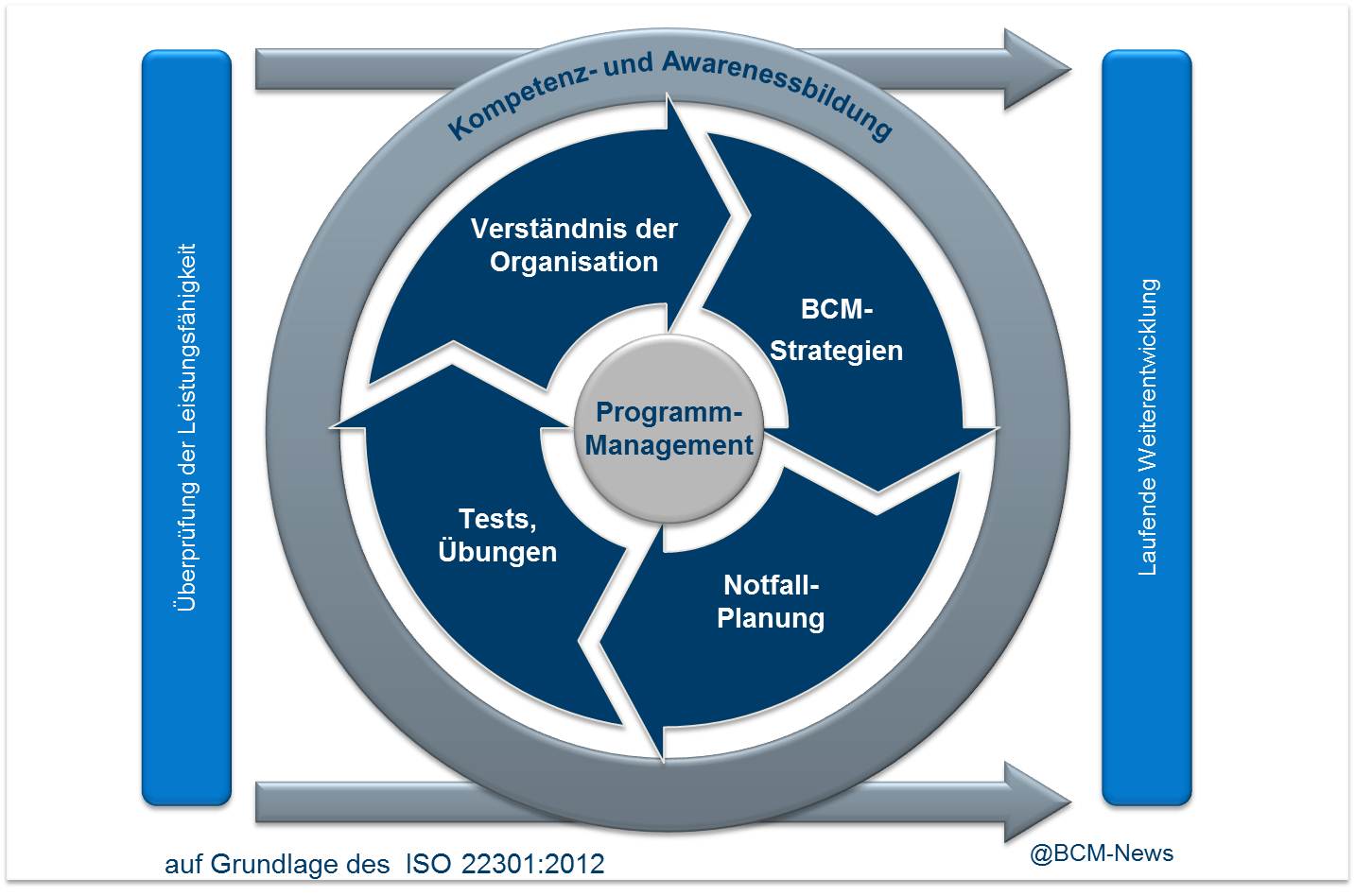abgelöst durch ISO 44001:2017 Collaborative business relationship management systems — Requirements and framework
Titel:
Collaborative business relationships. A framework specification
Herausgeber:
British Standards
Veröffentlichung:
2010
Beschreibung:
Standard für die Zusammenarbeit zwischen Unternehmen. Aspekte des BCM und Supply Chain Continuity Management werden berücksichtigt.
BS 11000-1 is a new British Standard that provides a framework specification for creating collaborative business relationships. Working in partnership with other organisations allows you to share knowledge, skills and resources effectively – helping all involved to meet mutual goals. Collaborative relationships also lead to better cost and risk management, as well as levels of innovation not normally achieved in a typical client-supplier relationship. BS 11000-1 builds beneficial partnerships that enhance competiveness and performance.
How does BS 11000-1 work?
BS 11000-1 can set your organisation apart through better business relationships. The new national standard outlines a framework for building and maintaining partnerships, paving the way for streamlined working. BS 11000-1 gives guidelines on increasing joint efficiency, transparency and understanding around governance processes. It also includes advice on assessing and monitoring these partnerships through a relationship management plan. And compliance with BS 11000-1 is straightforward thanks to the practical nature of the guidelines.
Who should buy BS 11000-1?
Organisations working within a supply chain
Organisations managing a supply chain
Those who want to improve efficiency and partnership working.
Contents of BS 11000-1 include:
- Scope
- Terms and definitions
- Awareness
- Knowledge
- Internal assessment
- Partner selection
- Working together
- Value creation
- Staying together
- Exit strategy
- Assessment checklist
- Relationship management plan
- Competencies and behaviours
- Relationship maturity matrix
- Bibliography
Zertifizierung:
keine Zertifizierung
Bezug:
BSI

